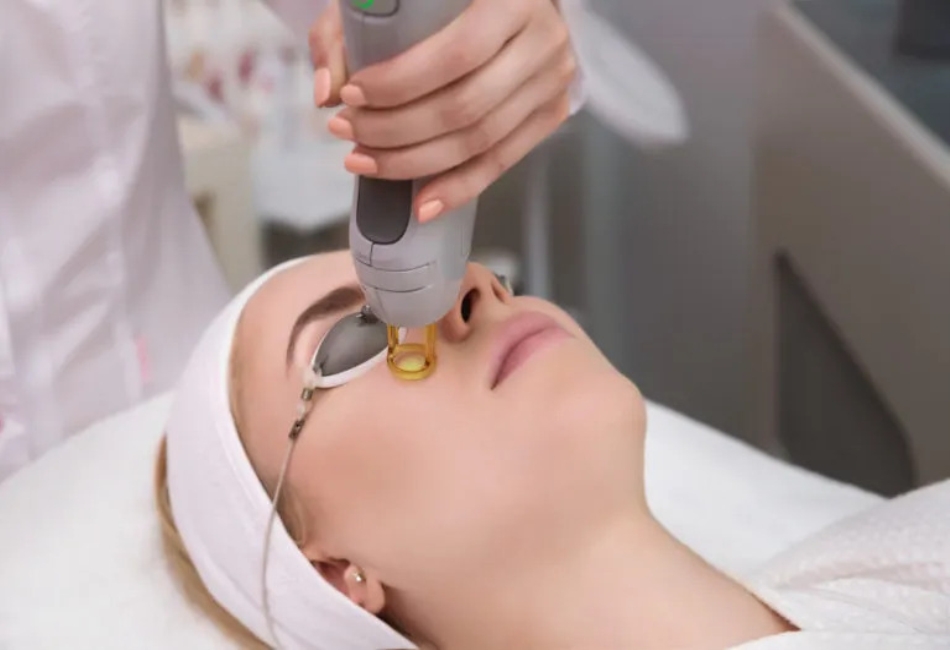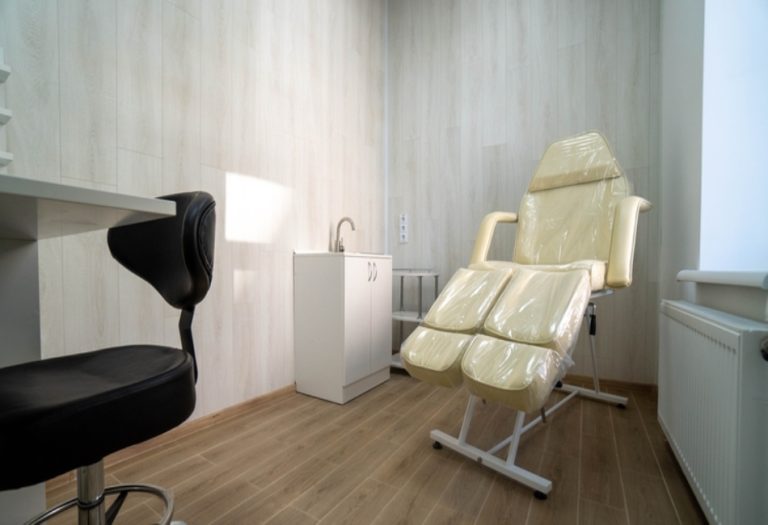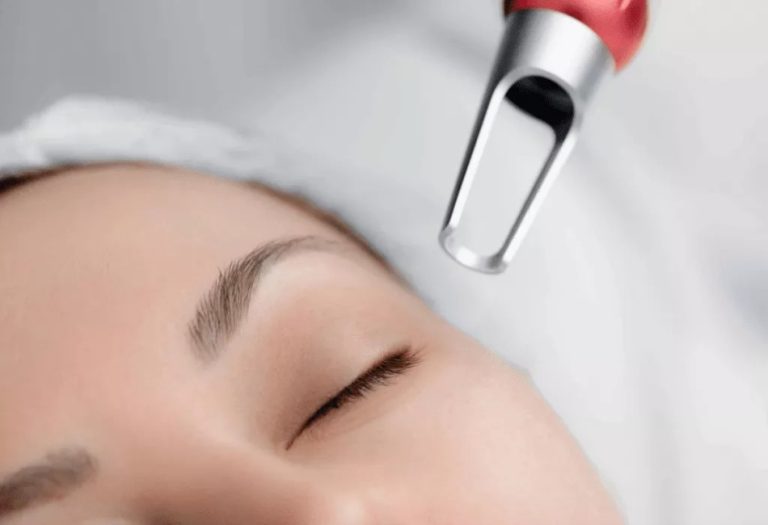Laser Treatment for Pigmentation: How It Works and Who Should Try It
Skin pigmentation happens when your body makes too much melanin in one spot. Potential causes range from extensive sun exposure, hormones and ageing.
Some types of pigmentation like melasma or post-inflammatory hyperpigmentation, leave marks that bother many people. If you have multiple treatments for pigmentation without success or much improvement, you may be recommended laser treatment for pigmentation in Singapore.
Laser treatment for pigmentation uses focused light to target these dark spots and break them down. As the laser passes through your skin without cutting it, melanin absorbs the light, which breaks it into tiny pieces.
Your body then flushes these fragments away naturally. Because the laser treats only pigmented areas, it leaves nearby skin untouched.
You may need several sessions for the best results. Each session typically takes about 15 to 30 minutes. Over time, you’ll notice more even skin tone and fewer dark patches.
What are the Different Types of Laser Treatment for Pigmentation?
Different lasers work better for certain spots and skin types. If you’re considering laser for pigmentation treatment in Singapore, here are the main types of laser treatments you might be recommended:
- Q-switched Nd:YAG laser: This laser emits quick, high-energy pulses that shatter pigment clusters. It works well on sun spots, freckles and tattoo ink. You may feel a snapping sensation each time a pulse hits your skin. Most people need three to five sessions spaced four weeks apart.
- Fractional CO₂ laser: This laser creates tiny columns of treated skin and leaves surrounding areas untouched. The body then repairs these channels, carrying away pigment as it heals. The process also boosts collagen to improve skin texture. You might need two to three sessions for deeper pigment marks.
- Fractional Erbium laser: This option vapourises thin layers of skin to remove surface pigmentation. It causes minimal bleeding and swelling compared to CO₂ lasers. Because it’s gentler, downtime is shorter—usually three to five days. It suits those with fair to medium skin tones.
- Intense Pulsed Light (IPL): Though not a laser, IPL uses broad-spectrum light to target pigmented cells. Filters focus the light on dark spots without harming healthy skin. You’ll feel warmth and mild stinging during treatment. Plan for four to six sessions for best results.
- Picosecond laser: This laser delivers energy in trillionths of a second to effectively break pigment into smaller fragments. It reduces heat damage to surrounding tissue which is what makes it suitable for darker skin types prone to scarring. Treatment is quick, but you may need multiple visits.
Who Should Try Laser Treatment for Pigmentation?
While laser treatment for pigmentation is effective, it is not for everyone. Ideally, it works best for people with sun-induced spots, freckles, melasma or post-inflammatory marks.
You should have healthy skin free from active infections or open wounds. If you have a history of keloid scars or dark pigmentation, please be sure to inform your skin or aesthetic doctor before beginning treatment.
If you have melasma, you may need to combine your laser treatment for pigmentation with topical creams and sun protection. Hormonal changes also do trigger melasma, so you may need ongoing management.
If you’re pregnant or breastfeeding, please wait until after to try laser treatment. Importantly, always disclose your medical history before booking a session.
A realistic mindset helps too. Laser treatment for pigmentation can fade dark spots significantly, but some marks may never vanish completely.
A good skin or cosmetic doctor will be keen to discuss likely outcomes before you start so you know what to expect and can plan for maintenance sessions. That said, please feel free to ask any question during your consultation.
How to Prepare for Laser Treatment for Pigmentation
As you probably understand, good prep helps laser treatment for pigmentation go smoothly. Preparing for laser for pigmentation removal isn’t as difficult as it may seem. Here are some steps your provider may outline for you to follow in the week before your appointment:
- Avoid direct sun exposure: Sunlight boosts melanin and this is likely to make your spots darker. Tanning beds or long outdoor sessions can increase side-effect risks. That said, if you must be outside, please wear a wide-brimmed hat and high-SPF sunblock.
- Stop using harsh skincare products: Products with retinol, glycolic acid or strong exfoliants can thin your skin. Thinned skin reacts more strongly to laser pulses. So, you will want to switch to mild cleansers and hydrating serums instead. Stop your usual active ingredients at least five days before treatment.
- Skip waxing or hair removal near the area: Removing hair so close to laser spots can irritate the skin. It also raises the chance of burn or blister. So, if you need hair removal, choose shaving at least three days before your session. Clean, smooth skin allows the laser to work evenly.
- Maintain good hydration: Well-hydrated skin heals faster after each session. Drink plenty of water in the days leading up to your appointment. You can also use moisturisers rich in ceramides or hyaluronic acid. Hydrated skin feels plump and shows fewer post-treatment flakes.
- Arrange transport if needed: Some lasers require stronger settings that leave your eyes sensitive or vision blurry for a short time. So, you might feel more comfortable having someone drive you home. Plan your transport to avoid rushing right after treatment. That way, you can focus on resting.
In the days following treatment, please avoid touching or picking at any scabs. Keep your face clean with a gentle, non-fragranced cleanser.
Use the moisturiser and sunscreen your clinic recommends. Broad-spectrum sunblock with SPF 30 or higher is essential to prevent new pigment from forming.
You may see pigment darken before it lightens which is normal. The debris rises to the surface and flakes off. Most people notice fading within two to four weeks. Stay on track with your session schedule to build on each treatment’s effects.
Closing Thoughts
Laser treatment for pigmentation is one of the most effective ways to fade dark spots and even out your skin tone. Since it targets melanin safely, laser treatment for pigmentation can effectively clear patches without harming nearby tissue.
Please consult a qualified specialist to create your personalised plan. If you’re in Singapore, please get in touch with us to get expert guidance from consultation through aftercare. Call or visit us today at;
One Face Skin Care – Melasma | Pigmentation | Acne Treatment Singapore
1 Tras Link, #02-03/04 Orchid Hotel, Singapore 078867
+65 8809 9066







